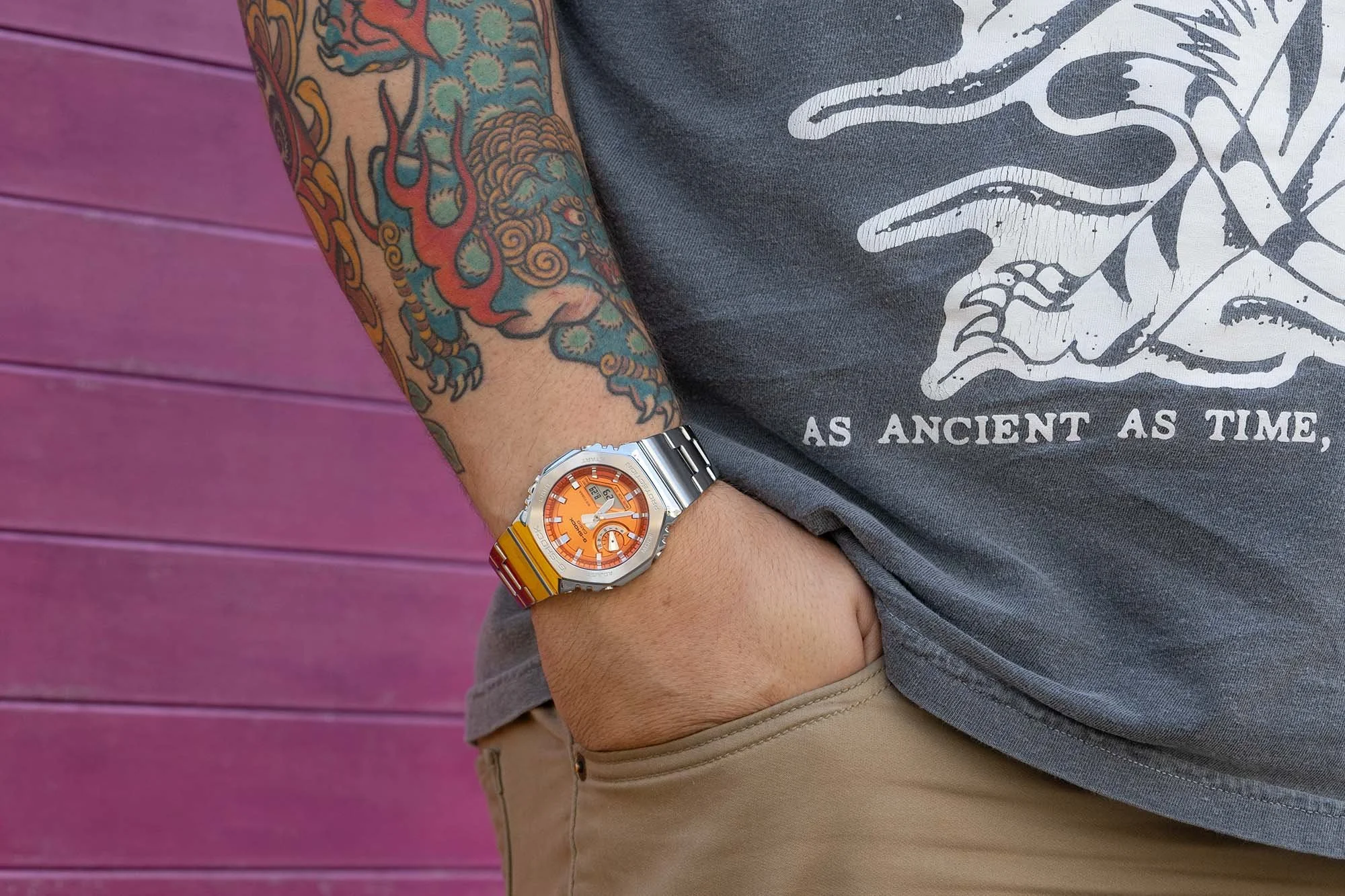What I’ve Learned About Branded Content After 25 Years in Advertising
By Kyle Snarr, Head of Partnerships at Worn & Wound
I remember the first time I heard the term branded content. I was deep into my career in advertising and it was in the same era of digital buzzwords like user-generated and infographics. Brands were desperately trying to figure out how they could play in this sandbox and not get immediately tossed out.
Not long after this, I transitioned from agency life into the world of digital publishing and the new, hot terminology was native advertising. Defined as “a type of online advertising that matches the form and function of the platform on which it appears”, the goal for native advertising is to be less intrusive than traditional advertising, blending in with the surrounding content and user experience. At the time, in a world of aggressive pop-up banners, that sounded pretty great.
Fast forward about a decade, and branded content remains one of the most powerful tools a brand can leverage to get their message in front of the right audiences. More dynamic and engaging than banner ads, and more refined than user generated content, native advertising can allow brands to blend seamlessly into the content consumers are already engaging with. This makes the message feel less like an interruption and more like a valuable part of the user experience.
But because some digital publications over-rotate and push their native advertising to mimic non-paid content, it can also backfire dramatically if not executed correctly. If the reader isn’t properly informed that they’re investing their time in sponsored content—the minute they make that realization, is the same moment that they feel like they’ve been had. I don’t think any quality-seeking brand wants to be associated with that particular feeling.
At Worn & Wound Creative Services, we’ve spent the past three years developing strong branded content franchises specifically designed to deliver high-quality, trusted storytelling. In that time, we’ve built awareness around these franchises, set clear audience expectations, and emphasized transparency to the point that they act almost as their own little subbrands with a dedicated following all their own. Below is a quick guide to the franchises dedicated to premium branded content across the Worn & Wound ecosystem.
Quick Release
What it is: A dedicated section of the Worn & Wound website for brand announcements and launches
Why it’s valuable: Offers an official Worn & Wound URL for promoting product drops, limited deals, events, and more to handraisers for this content
Where it lives: Accessible from the Worn & Wound homepage and main navigation
Ideal for: New brands looking to quickly and effectively reach our enthusiast base
Examples: Check out our Quick Release section here
Block Walk
What it is: A vertical video series that takes your product out into the real world—specifically, the streets of Brooklyn
Why it’s valuable: Gives your product a real-life, lifestyle-forward setting beyond the inside of a studio
What it includes: Vertical Instagram content featuring your product with curated apparel, natural lighting, and iconic NYC backdrops
Ideal for: Social-first storytelling for products that really benefit from being seen in use
Example: See our latest Block Walk here
Time to Pack
What it is: A YouTube-based video series pairing watches with curated travel kits for specific types of trips
Why it’s valuable: Combines two major Worn & Wound audience interests: travel and gear
What it includes: A featured watch + essential travel items shown in context, with recommendations and tips, tricks, and packing hacks
Ideal for: Brands in either the watch, EDC, apparel, or gear space looking to connect with our adventure-loving enthusiasts
Tool/Kit
What it is: Worn & Wound’s flagship adventure storytelling series featuring watches in real-world use cases
Why it’s valuable: Focuses on narrative and context—not product reviews—to build brand story and create an emotional connection
Track record: Over 24 unique locations across 10 countries and 7 states since launch
Ideal for: Hero content and deep storytelling around a product's purpose, ruggedness, or adventurous spirit
Enthusiast Spotlight
What it is: A profile-driven content series focused on real watch collectors and fans of specific brands
Why it’s valuable: Leverages community connection to tell your brand’s story through the eyes of an authentic enthusiast
Community-first: Particularly impactful when the featured individual is already known within the Worn & Wound and Windup enthusiast community
Ideal for: Emotional storytelling and reinforcing brand loyalty through genuine enthusiasm
Example: Read (and watch!) one of our latest examples of Enthusiast Spotlight
The bottom line is this—it’s thought that the common consensus around branded or native content is that it has a bit of sourness to it. We agree that when the goal is to pose as organic content and somehow try to fool the reader into believing it’s something that it’s not—then you’ve failed before you’ve even started. However, here at Worn & Wound, we’ve learned that when you build specific sponsored franchises with high degrees of transparency, quality, and proper expectations, then ads can feel… well, additive… and even have their very own set of super fans.






